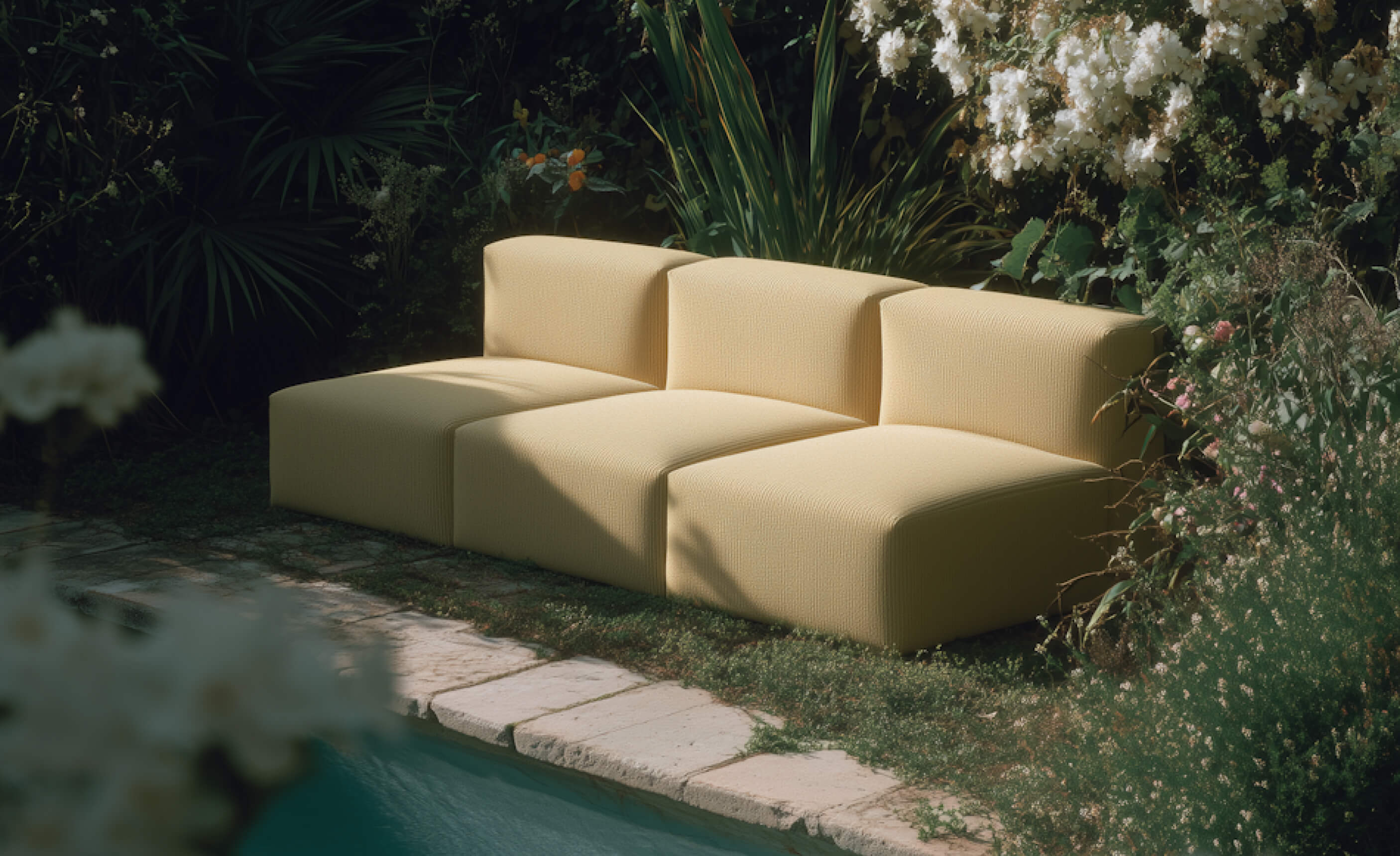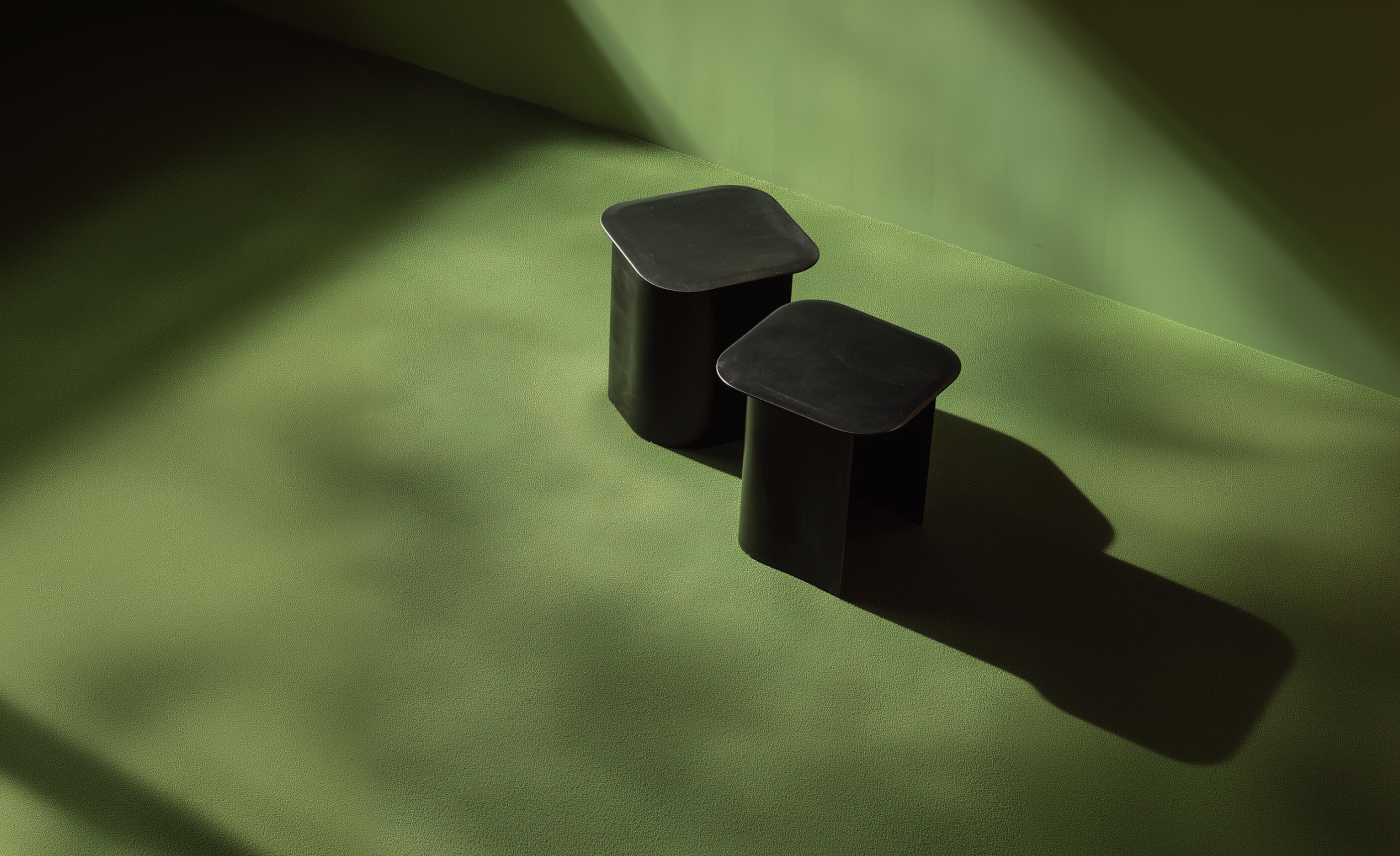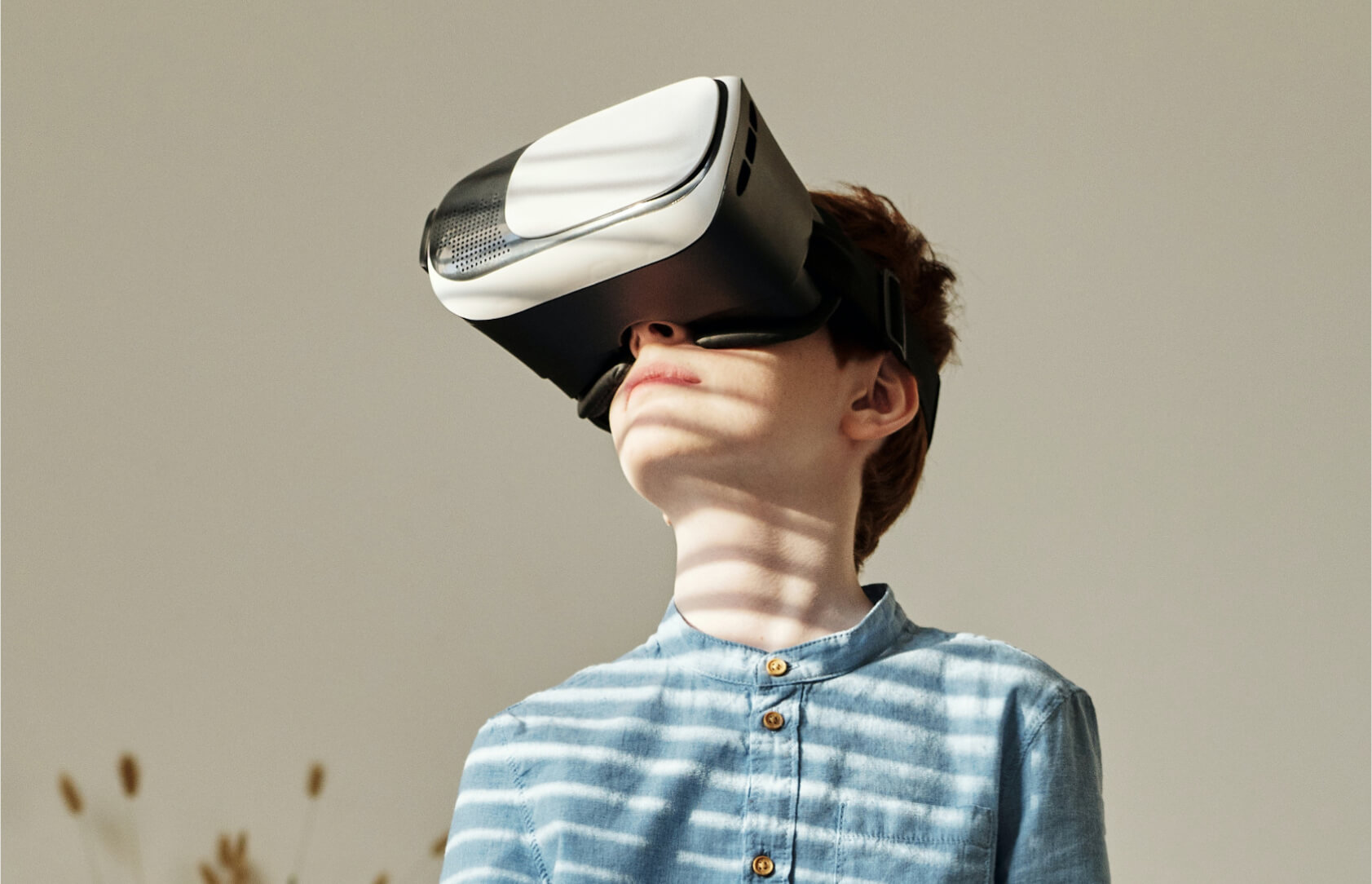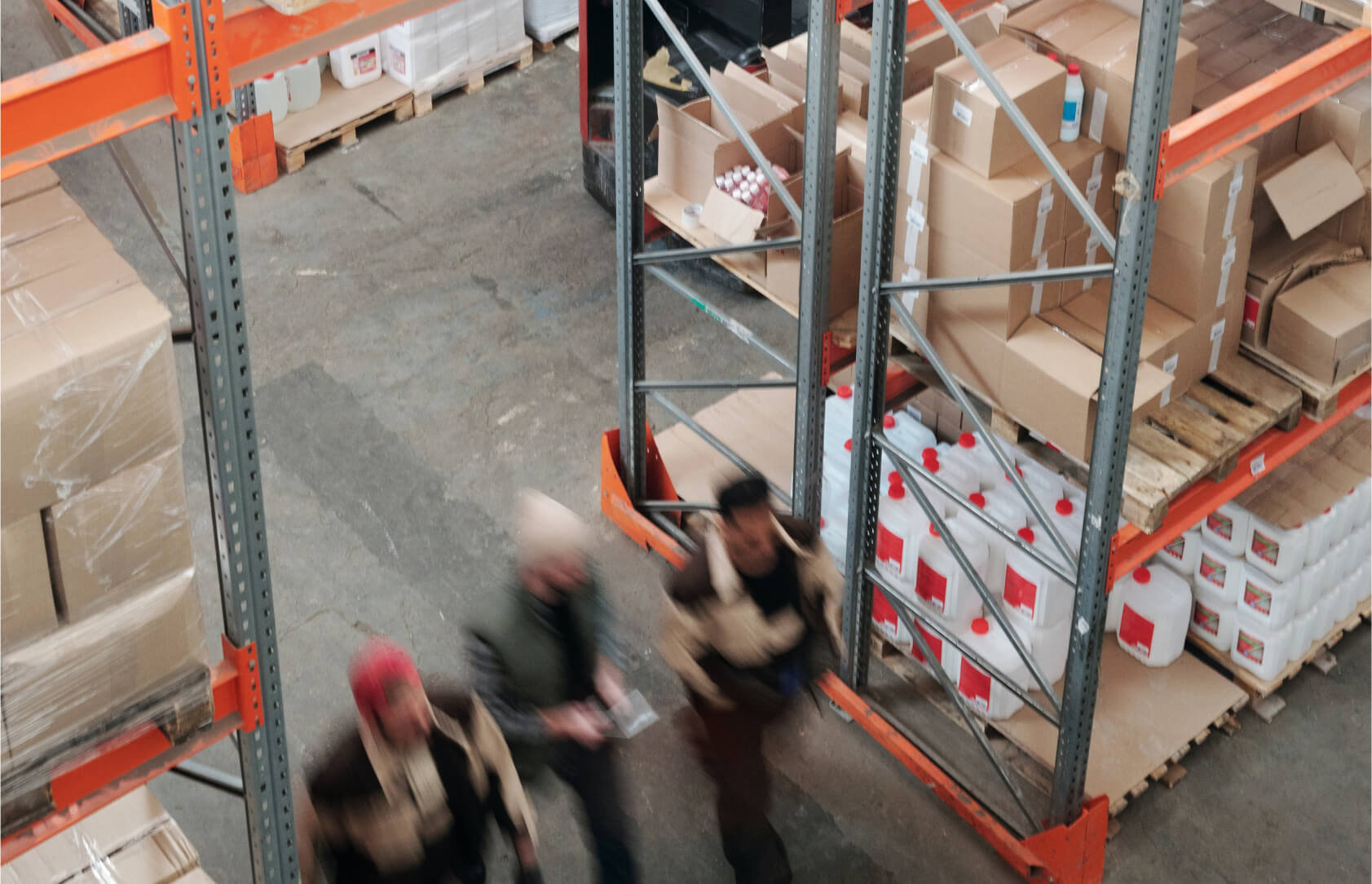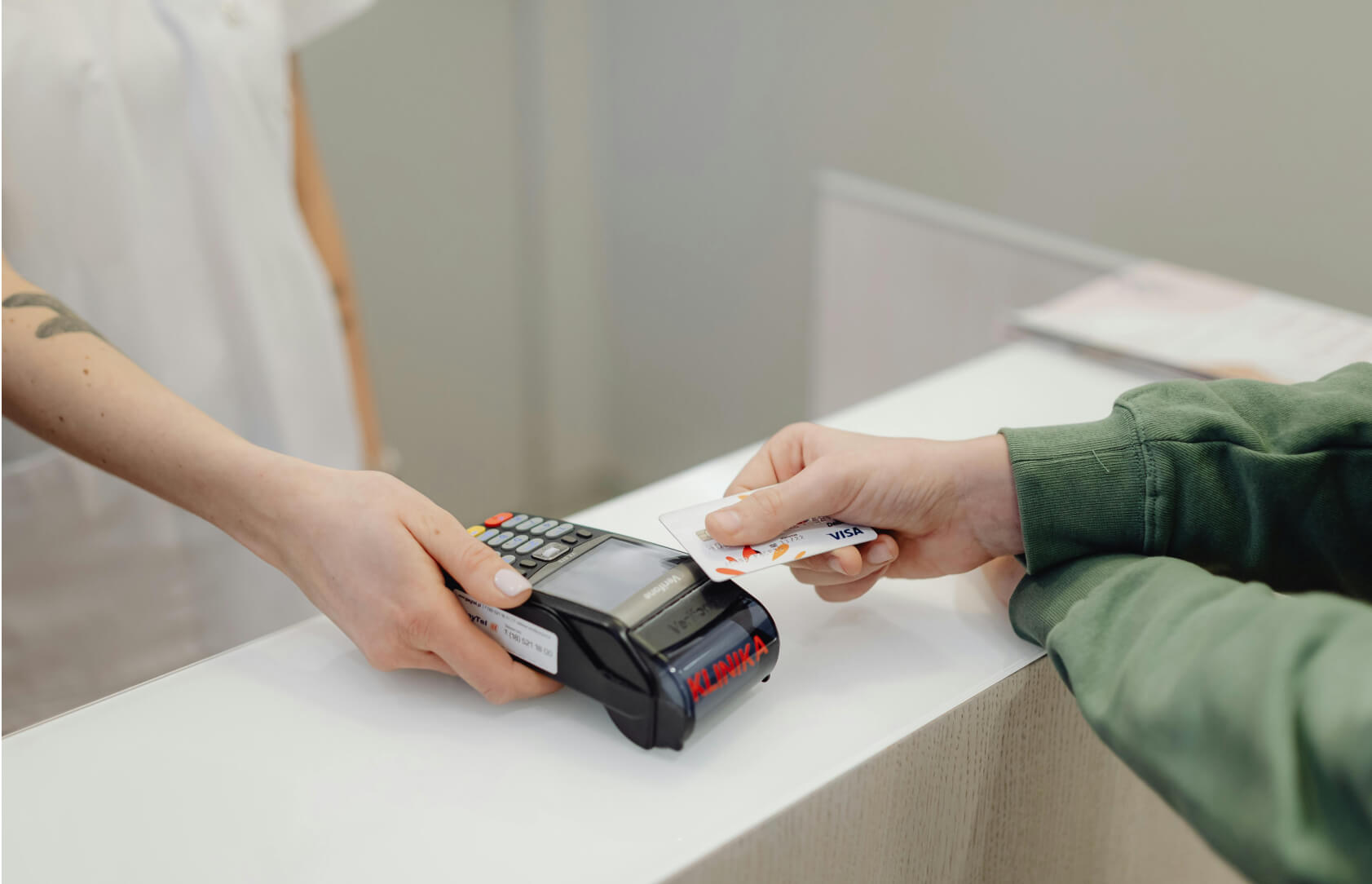
Design systems that move: building scalable, brand-consistent experiences.
Introduction
In the fast-paced digital design landscape, brands face the constant challenge of staying visually and functionally consistent across multiple channels. From websites and apps to campaign landing pages and digital ads, every touchpoint should feel unmistakably “on brand.” Yet, without a structured framework, even experienced teams can drift off course—resulting in mismatched colors, inconsistent typography, and inefficient production processes.
A design system is more than a style guide. It’s an operational backbone that houses reusable components, typography rules, grid structures, and interaction patterns. It’s a living resource that unites designers, developers, and marketers under a single visual language—helping teams produce at scale without sacrificing quality.
System
When integrated into Webflow projects, a design system can accelerate development dramatically. Pre-defined elements such as navigation bars, buttons, and section layouts can be reused across multiple pages and even across different projects. Updates are faster too—changing one component can instantly update hundreds of instances, saving hours of manual work.
For agencies like Prompt, this approach unlocks the ability to run multiple large-scale projects simultaneously while maintaining tight brand control. This scalability is crucial in a fast-moving industry where timelines are shrinking and expectations are rising.
Beyond speed, design systems future-proof a brand. As visual trends evolve and new devices emerge, updating the system in one place ensures every touchpoint is refreshed instantly. This agility keeps brands relevant and reduces the cost of overhauls.
Driving efficiency and collaboration
Design systems also improve collaboration between disciplines. Developers know exactly how components should behave, marketers know the brand guidelines are already built in, and designers have a structured starting point that encourages creativity within clear boundaries. The result is faster approvals, fewer revisions, and more consistent output.
Conclusion
A design system is a growth tool, not just a design asset. It ensures that as a brand scales, it stays cohesive, efficient, and adaptable—qualities that are vital for success in today’s competitive digital world.









